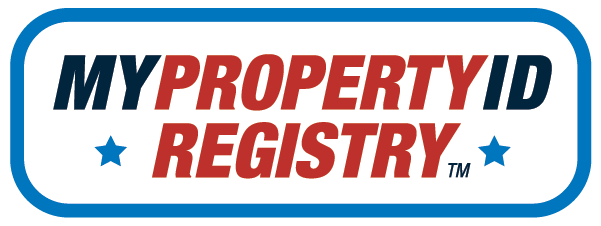It is much, much less expensive—think tax dollars—to prevent a crime than to go to the time and expense of arresting, prosecuting and incarcerating criminals. Being the victim of a crime is also hugely traumatizing and costly—think insurance deductibles and hospital bills. That’s why citizens must all work individually and collectively to do their part to keep neighborhoods crime-free.
The Big-5 crime prevention strategies
9-1-1, National Night Out, Neighborhood Watch, Operation Identification and neighborhood associations are the top five ways entire communities can work together to stop criminals from even thinking about coming to your area to commit crimes. Obviously it’s important to take care of yourself, your family and your property first, but sometimes the greatest good comes from teaming up with people in your community. The effectiveness of the Big 5 requires volunteers and civic involvement.
mypropertyidregistry.com/2019/01/01/five-old-fashioned-ways-to-help-police
What is “crime prevention”?
Here’s the definition seen most commonly on law enforcement websites: “Crime prevention is the anticipation, recognition, and appraisal of a crime risk and the initiation of some action to remove or reduce that risk.” Pretty straight forward. Crime prevention involves the steps we take in our personal and public lives to avoid being victimized by a criminal. Many of these steps require some forethought. Locking cars, homes and outbuildings; cutting back bushes and taking in garbage cans; marking property and recording serial numbers.
en.wikipedia.org/wiki/Crime_prevention
The ugly duckling of crime prevention
Operation Identification is the lost soul of crime prevention. It’s the forgotten companion to Neighborhood Watch. While most law enforcement professionals know about the importance of keeping a record of serial numbers, many no longer have memories of the original strategy. Most officers have never received training on the topic and don’t realize it can’t be called Operation ID unless the following three steps are completed:
1). Property is marked with a privacy-protected,universal identifier
2). Serial numbers are recorded and kept in a safe place
3). Warning signs are posted on doors and windows
www.gao.gov/assets/130/126467.pdf



